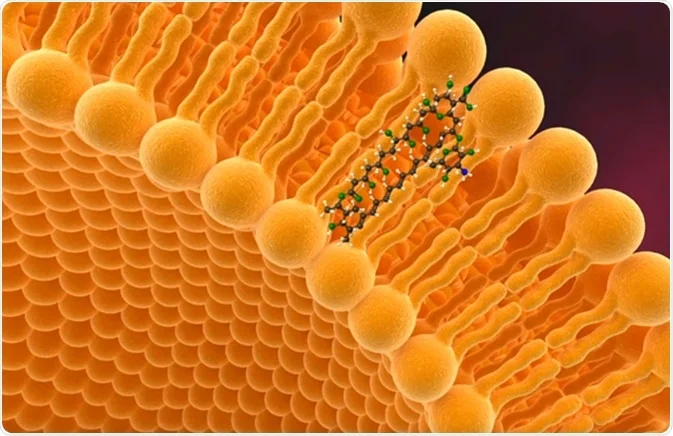Introduction
The ocean covers about 70% of the surface of our majestic planet. It might be hard to imagine, but only 5% of our oceans have been discovered. It is no secret that most of the underwater species are yet to be discovered, which is sure to bring us in front of some surprises (hopefully pleasant). In any case, whatever new species are discovered will be fascinating; however, who said that the species we already know aren’t fascinating enough? What if we told you that there are species that have physical properties that could save the oceans from human pollution? You don’t believe us? Keep reading to see how the tiniest creatures of the sea can have mind-blowing properties, how we can inspire from them and repurpose them for our needs in an ethical way, how we can protect and rebuild our forests, shape agriculture, and even synthesise polymers.
Endless Blue
You have heard of ‘algae’. You know that green, often slimy crust that you sometimes see at sea level. You might not be a huge fan of it, as it disturbs the water clarity, but would you change your mind if we told you that we can have this organism work for us? In our cosmetics article, we have stressed how animal cruelty can be avoided when developing and testing new products. Don’t worry; we didn’t have a change of heart. Algae are not considered to be an animal or a plant. In fact, it belongs to a family of organisms called protists, with approximately 27.000 different species or types of algae (algae - Kids, Britannica Kids, Homework Help)! But what is so interesting about it? Well, apart from being part of the food chain of blennies and tangs, some snails, crabs, and sea urchins, as well as a great food source for us humans due to the fact that it is rich in Omega-3 fats, algae does something else, something unexpected…

Tastes Good!
In 2001, a group of Japanese scientists made a discovery in a dumpster. They noticed that a bacteria was snacking on some plastics (Yoshida et al., 2016). While breaking down the trash, the bacteria used the carbon in the plastic itself for energy, which they used to move around, grow, and reproduce into more plastic-eating bacteria, the name of which is ‘Ideonella sakaiensis’ Fast forward to 2024, more than 2,5 billion tonnes of plastic have been produced, with approximately 450 million tonnes each year (OECD, 2022). In 2022, the EU funded several groups to develop a solution to transform plastic into fully biodegradable materials using bacteria and enzymes. A group of Germans actually managed to engineer the ‘Ideonella sakaiensis PETase’, the enzyme that breaks down carbon into marine algae, potentially ending the problem of ocean pollution due to microplastics (Buranyi, 2023)! You see where we are getting at?
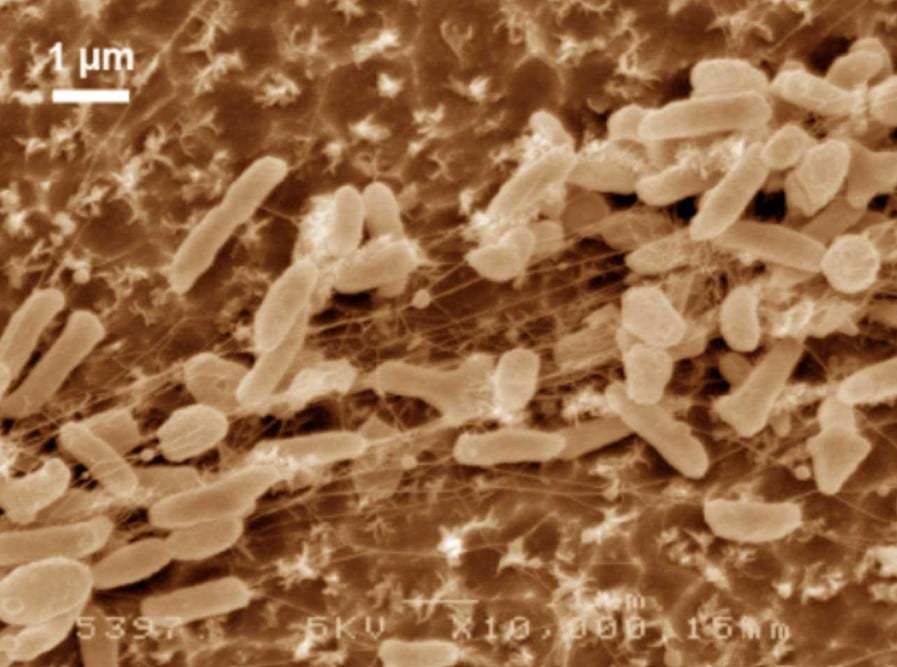
You can probably guess how many hours of work and brain juice such a task would require. We aren’t sure if these engineers used AI, but let’s see how they could use it to speed things up. We have already talked about how Computer Vision (CV), a GPU-accelerated form of AI, can change the way we design pharmaceutical products in this article, however, not many things need to be reconfigured when working with living organisms. Through Virtual Reality (VR) and Augmented Reality (AR), we can take a look at the microworld in three dimensions without the need for a microscope, which can be both eye- and neck-straining. The application of modifications to existing organisms is already known by biologists, so why not just give them an extra hand and make their lives easier with the fascinating applications of Extended Reality (XR)?
Apart from that, imagine how many more uses we could find for these amazing creatures! Plastics are one thing, but what is equally, if not even more, scary? Oil leakage! Maritime companies have developed different solutions to prevent the hulls from piercing, but accidents can still occur. Now, it is just an idea, but wouldn’t it be lifesaving (literally) if we could design types of algae that feed on anything bad for the planet? Imagine a good number of modified algae being released close to an oil leak, eliminating it within a few days. Or, how many reefs are being damaged annually due to sunscreen residues? Now, too many. Within a few years, potentially none!
So Green!
Of course, not only the seas are what should interest us concerning nature. Shade under a tree can be the best thing ever on a hot summer day, yet air pollution and human activity have been destroying our forests for decades. Scientists have warned of irreparable consequences, but not everyone is concerned. Thankfully, some are, and the result is really a wonder!
The largest hot desert on Earth is the Sahara, with a jaw-dropping area of 9.2 trillion square metres. Does this area, however, remain the same, or does it grow? Unfortunately, it has been steadily increasing, threatening the sub-Saharan countries more and more. The front-man of the fight against this natural disaster is no other than the United Nations Convention to Combat Desertification, and it is more than just an initiative; it is a symbol of hope. 22 African countries participate in the ‘Great Green Wall’, planning to stop the expansion of the desert to the south by strategically planting trees and horizontally terraforming the soil in Africa, from Senegal to Djibouti. This project not only contributes to climate stability but also ensures fertile soil that will feed thousands of people annually (Great Green Wall Initiative).
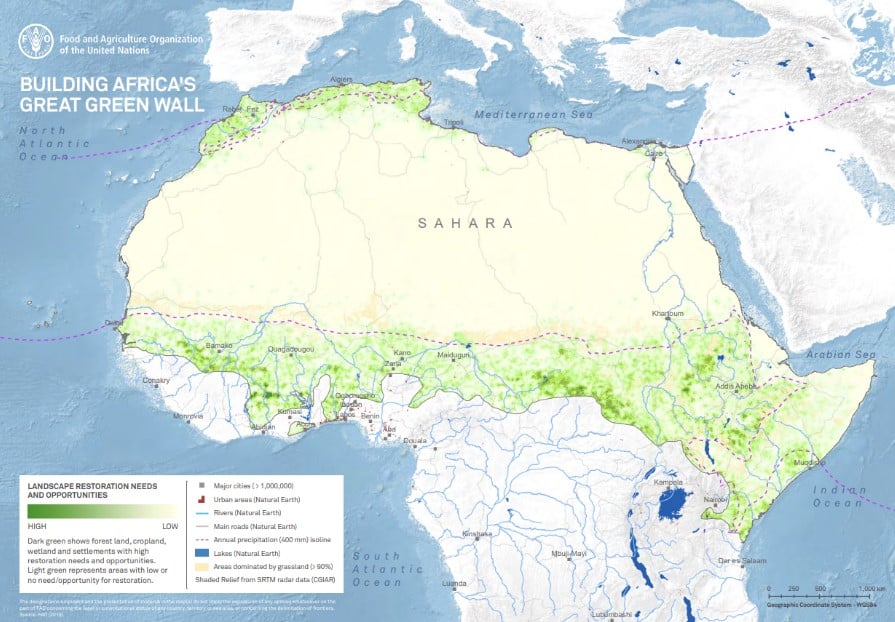
More than 8 billion dollars have been raised for this 8.000 km long project, and chances are that humans will not be able to fulfil it by themselves. Can AI help them? Yes, it can! Such an area would require continuous monitoring due to the harsh environment that surrounds the land that is being reformed. However, how many people could realistically be involved in this project? The solution lies in CV and Edge Computing Internet of Things (IoT). Real-time CV could be integrated into localised cameras strategically placed on the land to monitor the external characteristics of the biotechnologically reinforced plants being grown. In addition to that, smart soil monitoring probes could send information on humidity, pH, texture, saturation, and percentages of nitrogen, phosphorus, and potassium to computer stations in the area. A properly trained AI taking advantage of Edge Computing could forecast the microclimate and inform experts monitoring everything, potentially even making adjustments to the dosage of nutrients that need to be delivered in the soil automatically.
Read more: What is IoT Edge Computing and Its Benefits?
Let it Grow
Now, this is potentially not big news, but it is definitely worth mentioning. One of the many applications of AI is to provide farmers with the tools they need to make production cheaper and more manageable without sacrificing quality over quantity. This can be done on a small scale using Edge Computing, drones, cameras, and probes, but it can also be done in a lab.
That’s right! A lab! And before you judge, we are not talking about genetically altering a species of fruit or vegetable. Crossbreeding has been done for a long time, with the first properly recorded application being in the mid-17th century by ‘the father of genetics’, the biologist, meteorologist, mathematician, Augustinian friar Gregor Mendel, with his world-famous experiment on peas. Mendel’s practices have literally transformed the way crops have changed, as new breeds of the best characteristics have been developed with the exact same method.
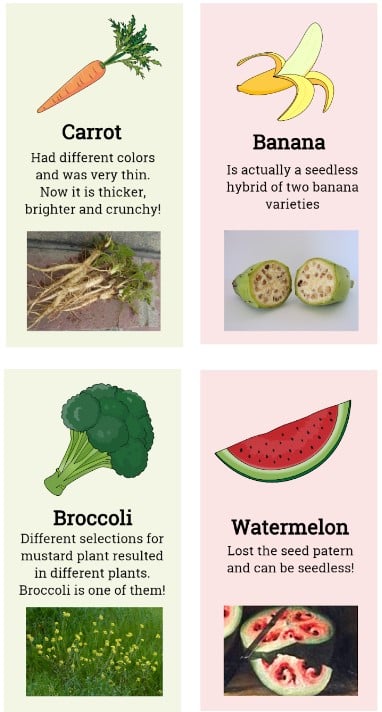
Of course, these characteristics can vary according to the climate and species, not to mention that cross-breeding plants can take a lot of time, potentially years until you find the combination that gives the best results. Thankfully, we can speed things up by eliminating the trial-and-error cross-breeding practices of the past to the bare minimum.
Using algorithms that can run virtual trials, we can eliminate attempts that would not be fruitful before even making them. And with generative AI, we can get a virtual glimpse of the crops we want to make. In addition, CV can monitor these plants in real time and make adjustments in the algorithm itself, just like a self-autocorrect that learns from its own mistakes.
Bio-what?
Biopolymers! First time you’ve heard of them? Let us enrich your knowledge, then. Biopolymers are natural polymers produced by cells in all living organisms. They are divided into three main classes, according to the monomers used for their formation and structure: polypeptides, polysaccharides, and polynucleotides; they are essential for tasks like wound healing, while they also act as catalysis of bioactivity and nontoxicity. Biopolymers are also characterised by their biodegrading characteristics, as well as their excellent biocompatibility. One could say that they are a multitool on their own, so are there really limits to what they can do?
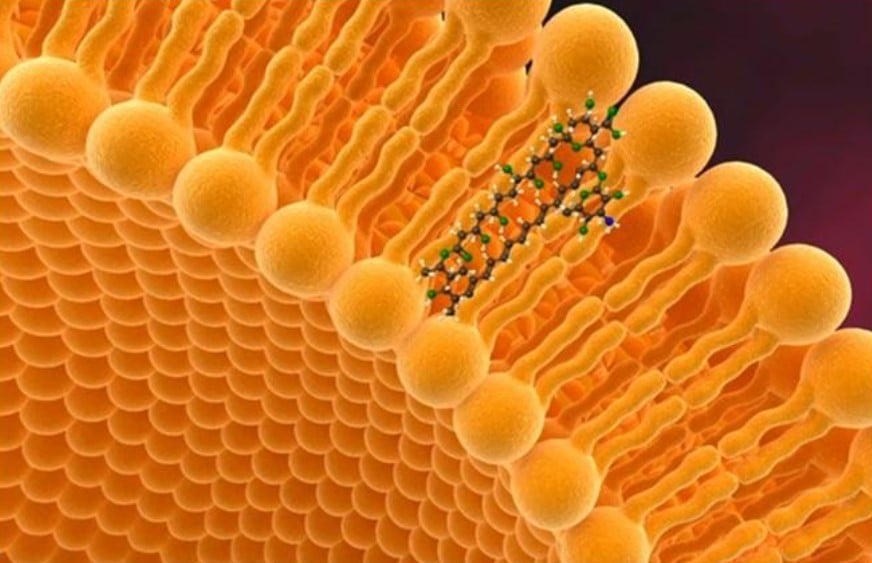
The answer is ‘only in our imagination’. Taking advantage of the physical properties of biopolymers, we can modify them using AI to serve different tasks. Synthetic biopolymers are not a new concept, but the extent to which R&D has been applied is in a whole different league. However, tweaking biopolymers is no joke, and it requires great expertise. Using CV, deep learning, and generative AI, we could rearrange the structure of existing polymers on a peptide, saccharide, or nucleotide level, even designing our own hybrid ones per field of application. Examples range from drug delivery and tissue engineering and regeneration to biosensing and immunotherapy!
Summing Up
Biotechnology is a fascinating area with many applications, not only in a lab environment but in everyday applications as well, no matter how big or small they are. There is no doubt that implementing AI in biotechnology will give us a great advantage with applications that will make the world a better place. We can reduce or potentially even eliminate water pollution, save forests, and reform healthcare.
What We Offer
At TechnoLynx, we are characterised by our innovative nature. We specialise in delivering tech solutions custom-tailored to your needs. We do not need to be convinced that AI can be beneficial because we already understand this better than anyone. We are committed to providing cutting-edge AI solutions in the field of biotechnology while ensuring safety in human-machine interactions. Our team is great at managing and analysing large data sets while addressing ethical considerations.
Our software solutions are precise, empowering many fields and industries using AI-driven algorithms. We like to innovate, and we are driven to adapt to the ever-changing AI landscape. The solutions we present are designed to increase accuracy, efficiency, and productivity. Don’t hesitate to contact us to share your ideas or questions. We will be more than happy to make your project fly!
Continue reading: AI in Biotechnology: A Game Changer for Innovation
List of references
-
algae - Kids, Britannica Kids. Homework Help (no date). (Accessed: 9 April 2024).
-
Buranyi, S. (2023) ‘“We are just getting started”: the plastic-eating bacteria that could change the world’, The Guardian, 28 September. (Accessed: 9 April 2024).
-
Freshwater Microalgae Blooming Under Microscope Species Stock Photo 2401137651 (no date) Shutterstock (Accessed: 9 April 2024).
-
Great Green Wall. Action Against Desertification. Food and Agriculture Organization of the United Nations.
-
Great Green Wall Initiative (no date) UNCCD. (Accessed: 9 April 2024).
-
M.Sc, B.C. (2010) What is a Liposome?, News-Medical. (Accessed: 9 April 2024).
-
OECD (2022) Global Plastics Outlook: Economic Drivers, Environmental Impacts and Policy Options. OECD.
-
Pamplona, F. (2018) ‘Infographics: Domesticated fruits and vegetables’, Mind the Graph Blog, 9 August. (Accessed: 9 April 2024).
-
Prostak, S. (2016) Ideonella sakaiensis: Newly-Discovered Bacterium Can Break Down, Metabolize Plastic. Biology. Sci-News.com, Sci.News: Breaking Science News. (Accessed: 9 April 2024).
-
Yoshida, S. et al. (2016) ‘A bacterium that degrades and assimilates poly(ethylene terephthalate)’, Science, 351(6278), pp. 1196–1199.

